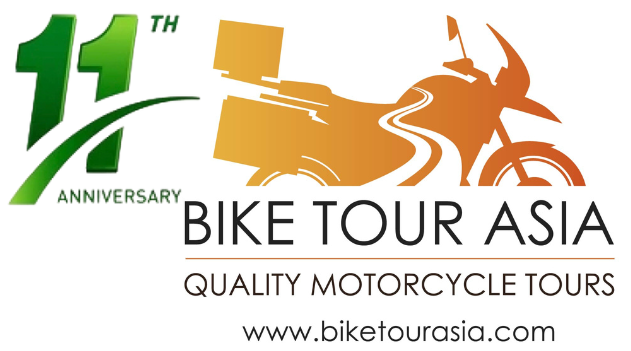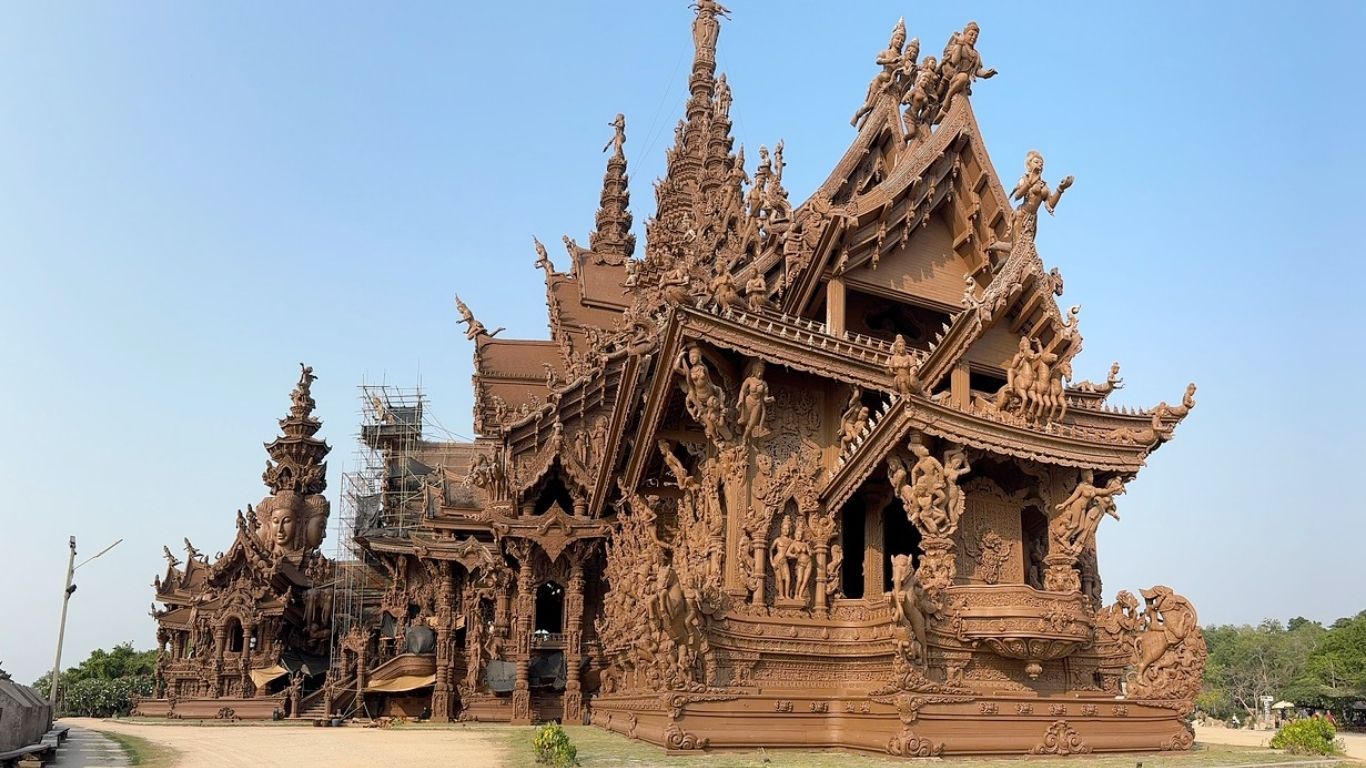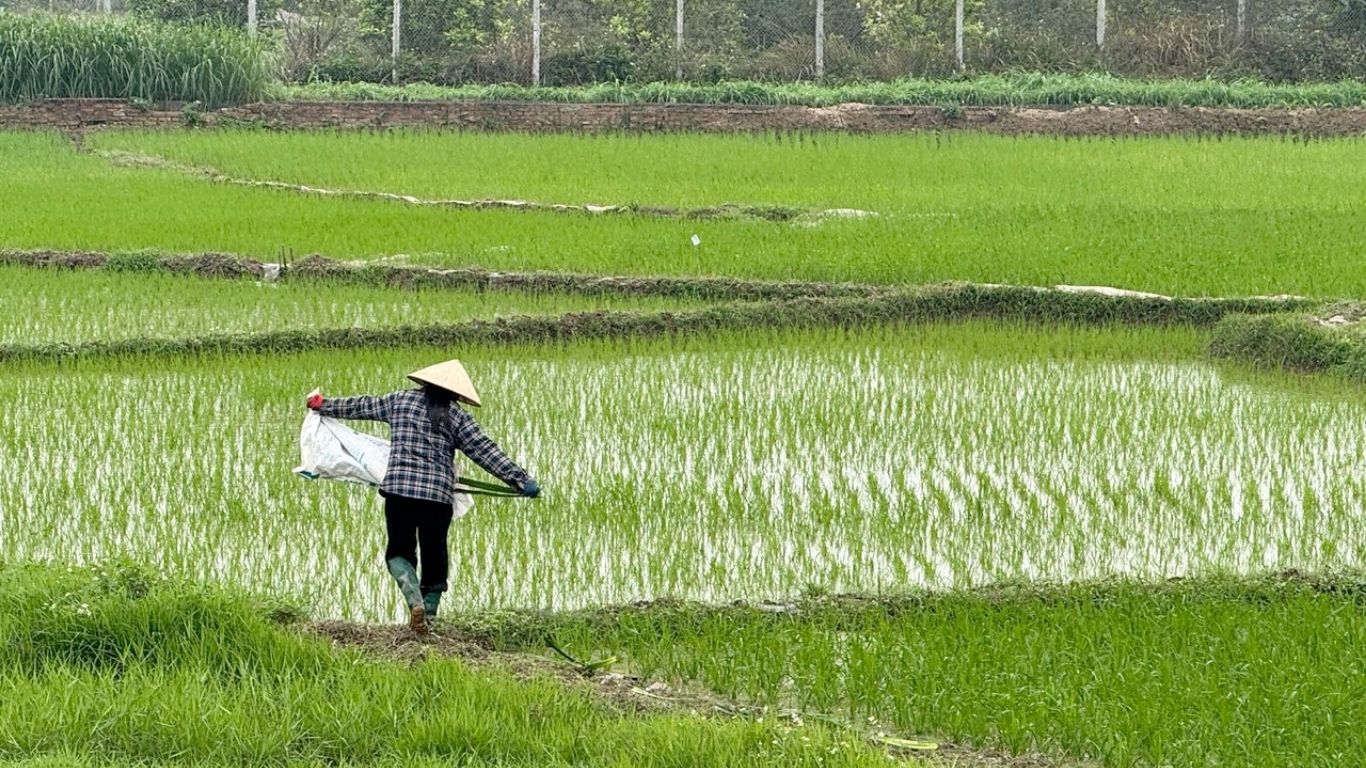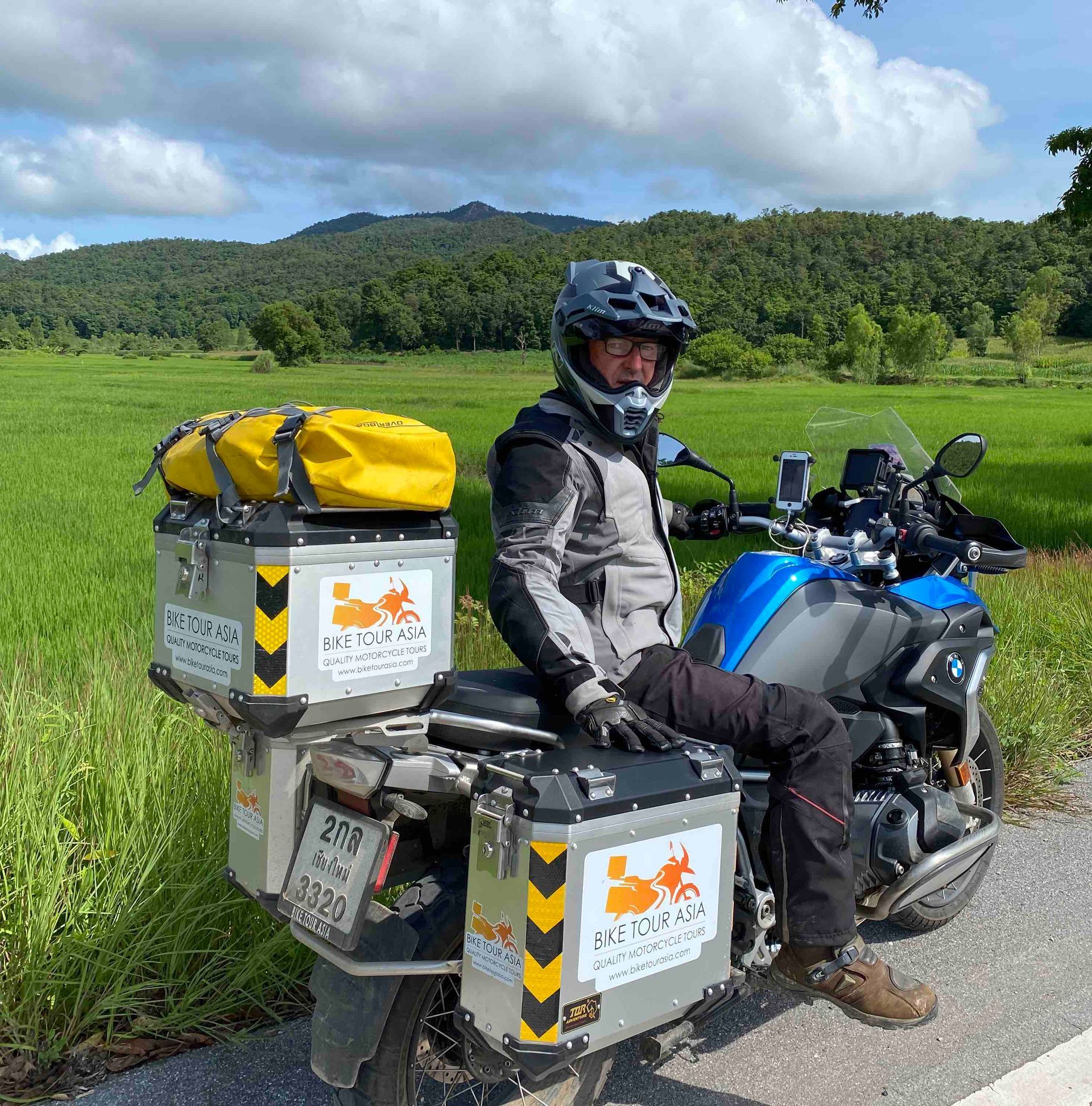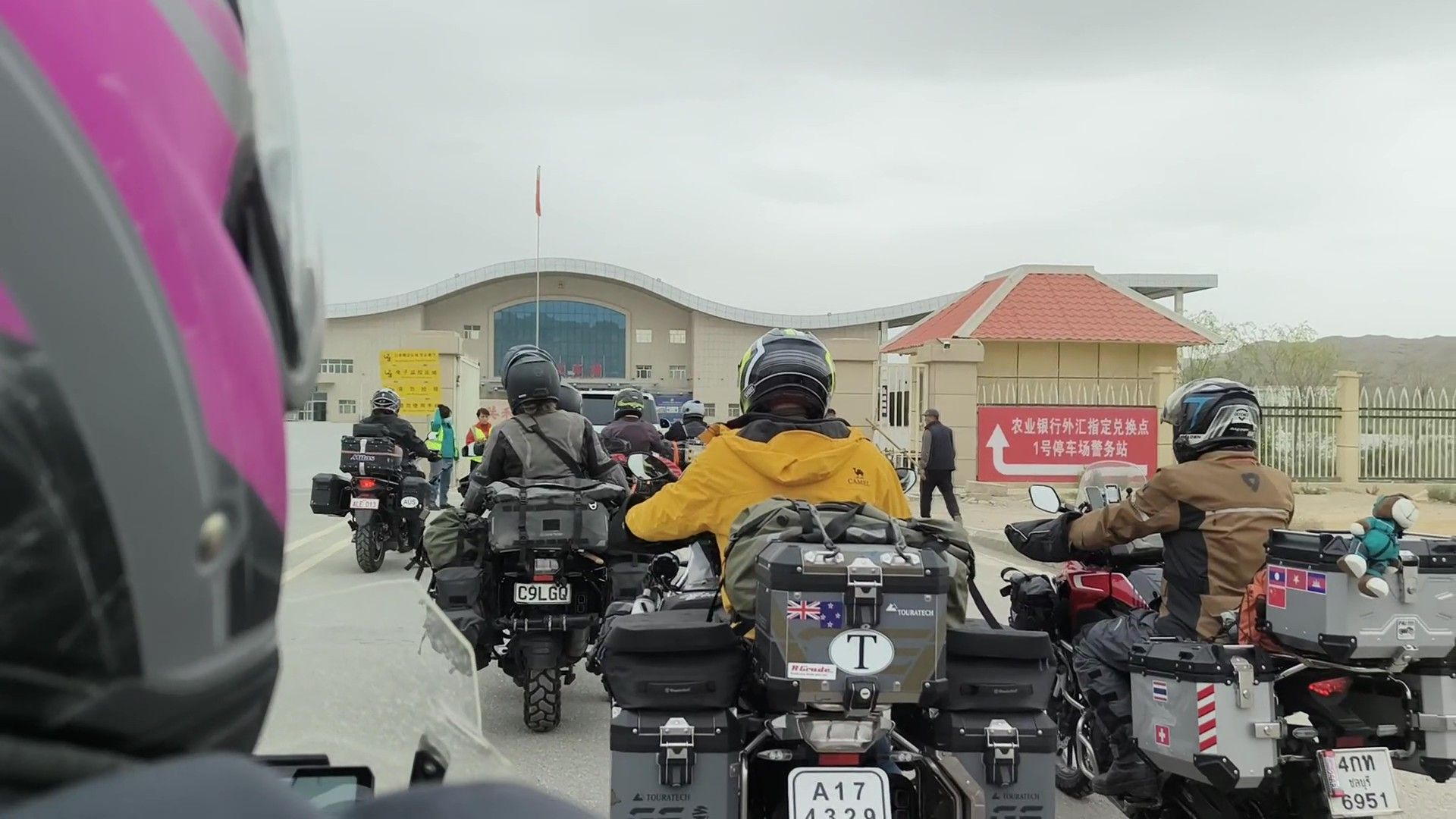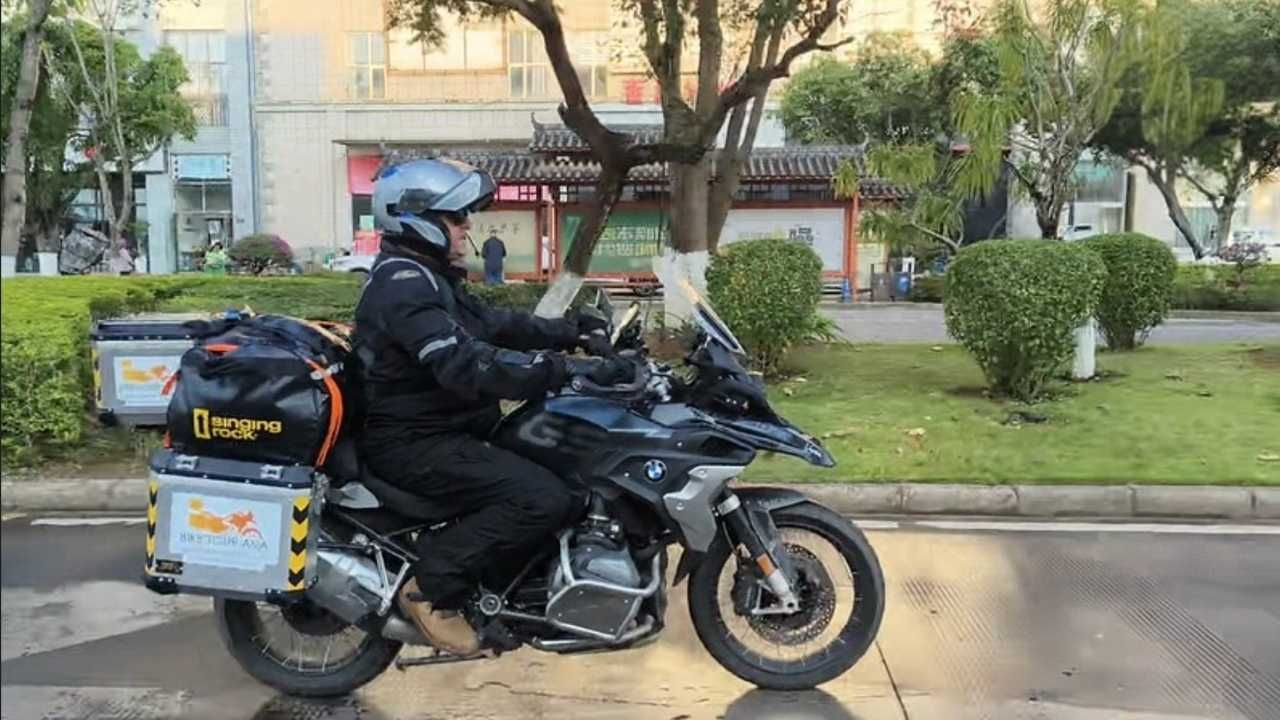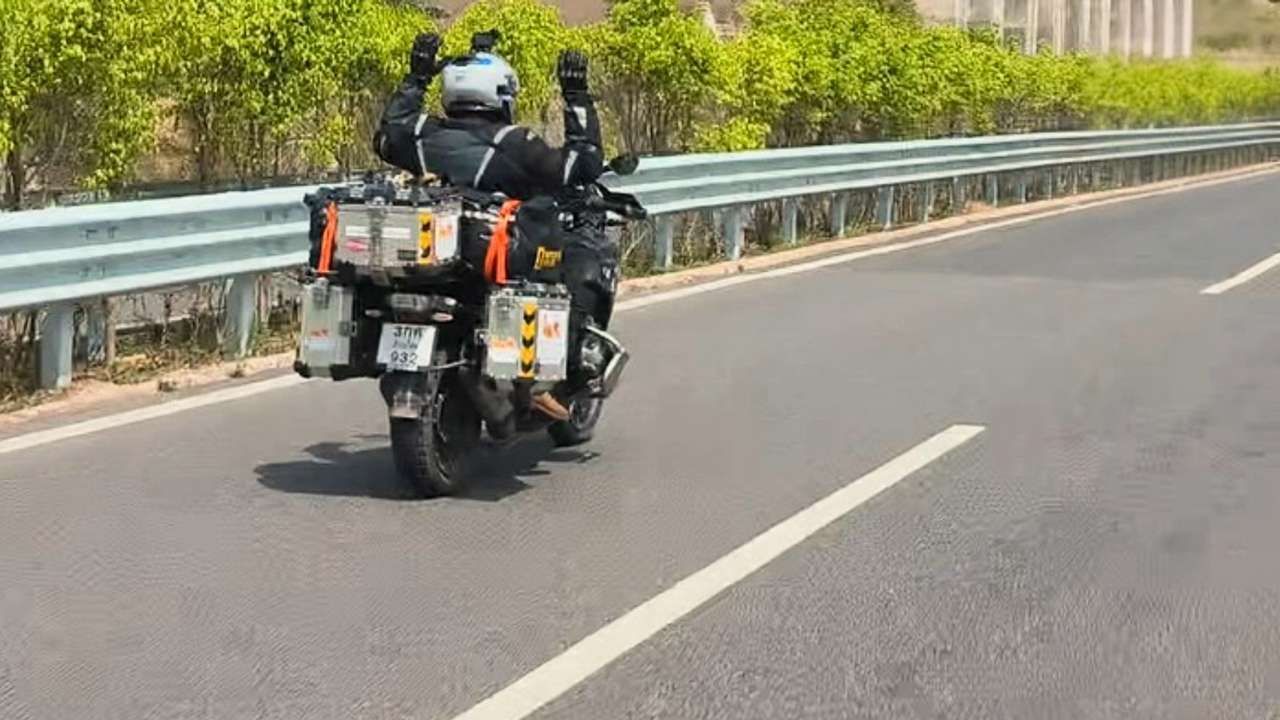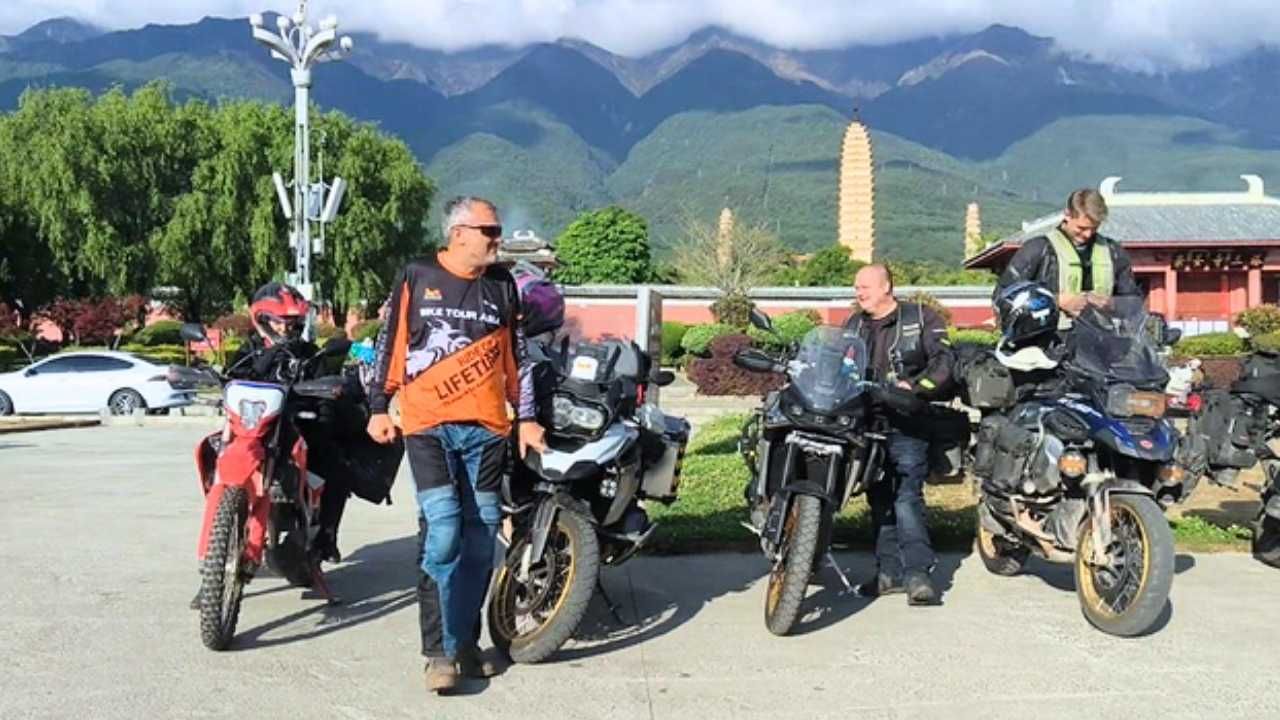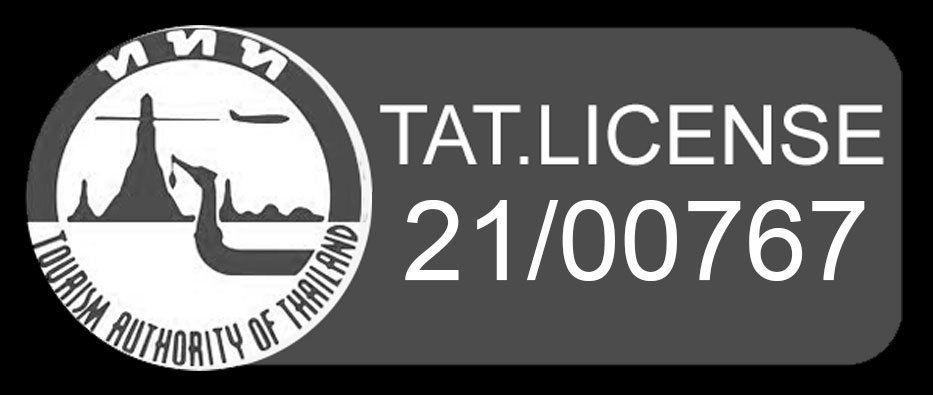Exploring Southeast Asia by Motorbike: Long Rides and Real-World Planning Tips
Straight from the Road: A Practical Guide from Daniel, the owner of Bike Tour Asia with 10+ years of experience riding through Asia especially in the north of Thailand.
If you’re thinking about riding across Thailand, Laos, Vietnam, or Cambodia, you’re in for something special. This part of the world has some of the most exciting, scenic, and rewarding motorcycle routes you’ll ever ride. From the winding roads around Chiang Mai to jungle tracks in Cambodia and the legendary Ho Chi Minh Trail, the experience is unforgettable.
But great trips don’t just happen. Good planning, smart packing, and pacing yourself properly can turn a tough ride into the ride of a lifetime.
My Bike tour Asia team and I have been guiding riders here for more than 10 years. These tips come from first-hand experience and are meant to help you ride further, safer, and with less stress.
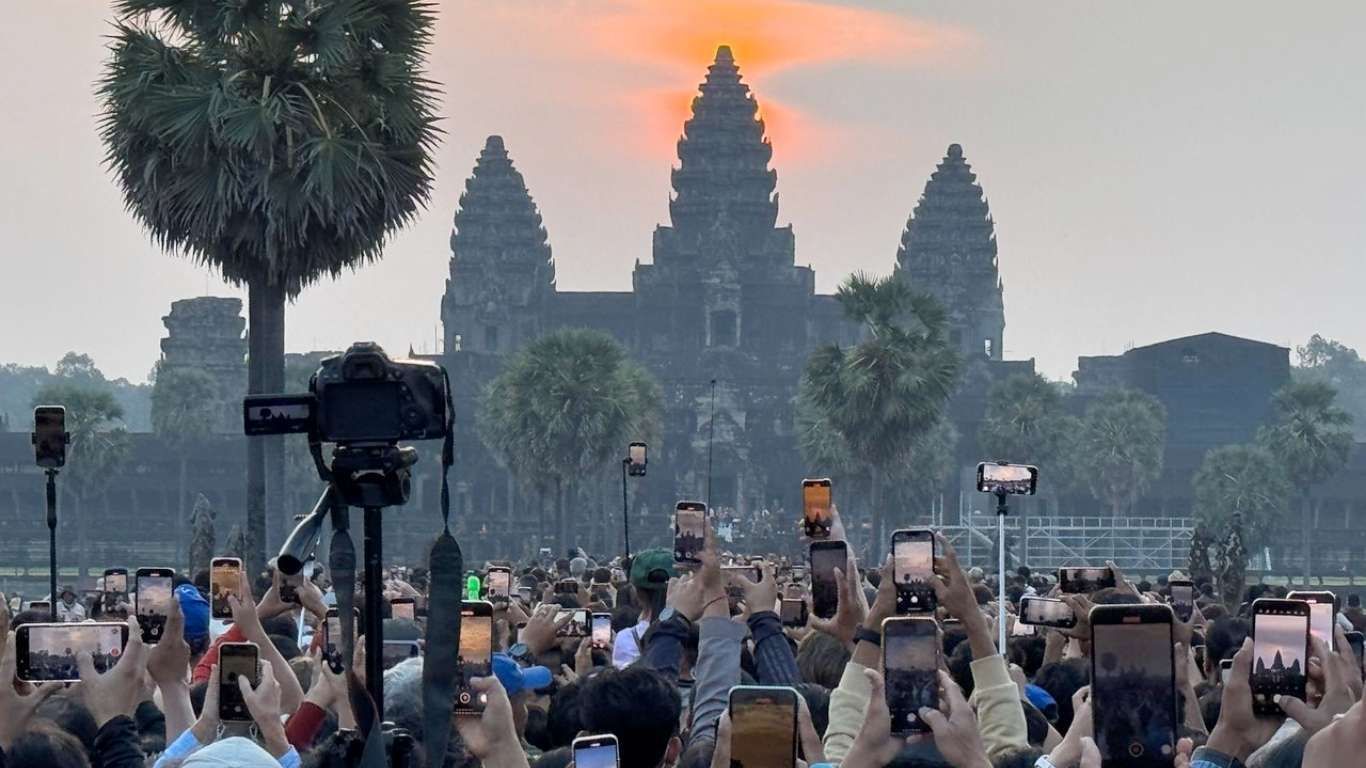
How to Plan a Long-Distance Motorcycle Tour in Southeast Asia
Southeast Asia can surprise you. A smooth highway can turn into a potholed backroad. Fuel stops can be rare in the countryside. And crossing borders takes time and patience.
Planning a long-distance ride in Southeast Asia isn’t just about the route but it’s about adapting to unpredictable roads, border delays, and long stretches with no gas station stops. Good planning helps you avoid stress, ride longer, and actually enjoy the journey.
Here’s how to approach it:
Step 1: Build Your Route
Start with your must-see destinations (e.g., Baan Rak Thai in Mae Hong son, the Ho Chi Minh Trail, or Angorwat), then work backward to plan manageable daily distances. Mix in known roads with a few scenic detours if you’re confident in navigation.
Step 2: Set a Realistic Daily Range
Aim for 200 to 350 km per day. Any more and it becomes a slog, especially on mountain roads or in the wet season.
Step 3: Check the gas station stops
Rural areas often have no proper gas stations, sometimes they have only just roadside bottles. These can work in a pinch but may be low-quality fuel. So I recommend you to check Google maps and pin it in your private folder of the gas station in each country before you go and on that day of the trip. Download those areas offline before heading into rural zones. (you can check more reliable apps in the next steps)
Refill when you're at half a tank, especially in Laos, Cambodia, and remote Thailand. Or bring a small light portable tank with you, it’s also a smart move.
Step 4: Check the Border Rules Ahead of Time
Border crossings can be smooth or take hours. Each country has different แustoms rules for bikes (some require a temporary import permit), Visa-on-arrival or eVisa options, and Insurance requirements. Use local rider forums or facebook groups or ask tour operators for up-to-date border advice. Bring extra passport photos. You can even contact us to ask, we are happy to help.
Step 5: Pre-Book Remote Nights
Always book ahead in smaller towns. Even one fully booked guesthouse can throw off your day. But you can keep it empty, when you think of a rest day, you might want to extend the small leg to some tiny village that you found on the road.
Step 6: Use the Right Tools
Install offline GPS apps like OsmAnd, Gaia GPS, or Rever. Save your routes in advance because the mobile signals drop often in rural areas. If you don’t want to use these applications, you can download the offline map on Google map in the specific area, this solution you need to download one area at the time.
Step 7: Build in Recovery
Every few riding days, take a full rest day. This helps your body recover and gives you time to explore off-bike. Check Google Maps for saunas, ice baths, or massage spots. It’s great for recovery.
More Tips:
Some of the best moments come from unplanned stops. Leave space in your schedule to explore, take photos, or check out a temple you didn’t expect to find.
What to Pack for Motorcycle Touring in Southeast Asia
Packing light is key, but don’t skip the essentials. You’ll be dealing with heat, rain, and long days in the saddle through Southeast Asia. Here's what experienced riders and tour operators always bring and why each item matters.
Essential Gear Checklist (And Why You Need It)
1.Lightweight, breathable riding gear with armor
Southeast Asia’s climate is hot and humid, especially during the riding season. Choose ventilated gear that includes CE-approved protection to stay cool without compromising safety.
2. Compact rain suit + microfiber cloth for visor
Weather changes fast in the tropics. A lightweight rain suit keeps you dry during downpours, and a cloth helps you clear your visor for visibility in misty mountain regions.
3.Tire plug kit, multi-tool, and chain oil
Road conditions can vary from smooth highways to rough village tracks. These tools help with minor roadside fixes, giving you peace of mind in remote areas.
4.Waterproof bags or pannier covers
Protecting your gear from tropical storms is crucial. Waterproofing helps ensure electronics, documents, and clothes stay dry, especially during river crossings or when caught in rain.
5.Electrolyte packs, insect repellent, and sunscreen
Long hours under the sun can dehydrate you quickly. Electrolytes replace lost minerals, while bug spray and sunscreen prevent common tropical discomforts like sunburn and bites.
6.Paper and digital copies of your passport, insurance, and international license (in a ziplock bag)
Southeast Asian border crossings, police checkpoints, and hospital visits may require these documents. Having them waterproofed and easily accessible helps avoid delays especially during wet conditions.
Pro Packing Tip:
Keep your rain gear in one pouch, tools in another, and daily-access items like snacks, sanitizer, or sunglasses in a tank bag or top pouch. This system saves time and hassle when you’re on the road or stopping in a downpour.
Staying Sharp on Long Riding Days
Long tours through Southeast Asia can wear you down fast. The heat, the hours in the saddle, and the constant focus take a toll. When fatigue sets in, even the best rider can make mistakes. The key is knowing how to stay alert.
Warning signs of fatigue:
- Slower reactions or delayed gear shifts
Your coordination drops, which can be dangerous on winding roads or in traffic. - Neck, shoulder, or back pain
Physical discomfort is more than annoying—it signals your body is stiff and losing focus. - Zoning out or blinking more than usual
If your mind starts drifting or your eyes feel heavy, it's time to stop and reset.
How to fight fatigue:
- Drink water often. One liter every two hours helps prevent dehydration before it hits.
- Stretch regularly. Loosen up at every fuel stop to reduce stiffness and improve circulation.
- Ride early. The light is better, the roads are quieter, and you avoid the worst of the heat.
- Eat light, eat smart. Heavy meals slow you down. Go for fruit, snacks, or local street food in small portions.
- Walk during breaks. Even a short stroll clears your head more than caffeine does.
Rider tip: If something feels off, pull over. No view or schedule is worth pushing through fatigue.
Riding in the Rainy Season
Rain is part of the riding season in much of Southeast Asia, especially from June through October. It doesn’t stop the journey, but it does mean you need to be ready for slick roads and fast-changing weather.
What to Pack and Prepare
- Good rain gear. A proper rain suit and waterproof gloves make a huge difference.
- Check your tires. Worn tires are dangerous in wet conditions. Replace them before you go.
- Ride smooth. Ease into corners, brake gently, and avoid leaning too far.
- Start your day early. Mornings are usually dry. Storms tend to hit in the late afternoon.
- Keep your gear dry. Use a cloth for your visor and waterproof your phone or GPS.
- Know the road conditions. Some routes flood easily. Check with locals or guides before you go.
Advice: If you hit standing water, stop and check the depth. Slow down on shaded mountain roads too. They stay slick long after the rain ends.
Recommended Motorcycle Routes in Southeast Asia
| Route | Region | Time Needed | What Makes It Great |
|---|---|---|---|
| Mae Hong Son Loop | Northern Thailand | 4–6 days | Tight curves, hill tribe culture, amazing mountain views |
| Golden Triangle Circuit | Thailand and Laos | 7–10 days | Border riding, temples, Mekong River scenery |
| Ho Chi Minh Trail | Vietnam and Laos | 10–14 days | Remote jungles, wartime history, authentic local stops |
| Cambodia Adventure Loop | Cambodia | 6–9 days | Angkor temples, backroad riding, wild landscapes |
| Four Corners Tour | Thailand, Laos, Vietnam, Cambodia | 3+ weeks | Big ride across borders, diverse culture and terrain |
Final Thoughts
There’s no ride like Southeast Asia. The mix of landscapes, cultures, and riding styles is unmatched. But what makes a great trip isn’t just the route. It’s how well you prepare for the road ahead.
At Bike Tour Asia, we’ve helped riders from all over the world explore this region. Whether you’re planning a solo trip or want to join a group tour, we can help you with bikes, routes, hotels, and support.
Want Help with Your Ride?
We’ve got detailed routes, local insights, and ready-to-go tours. Whether you want the freedom of a self-guided trip or prefer to join a group with support vehicles and expert guides, get in touch. We’ll help you ride Southeast Asia with confidence.
